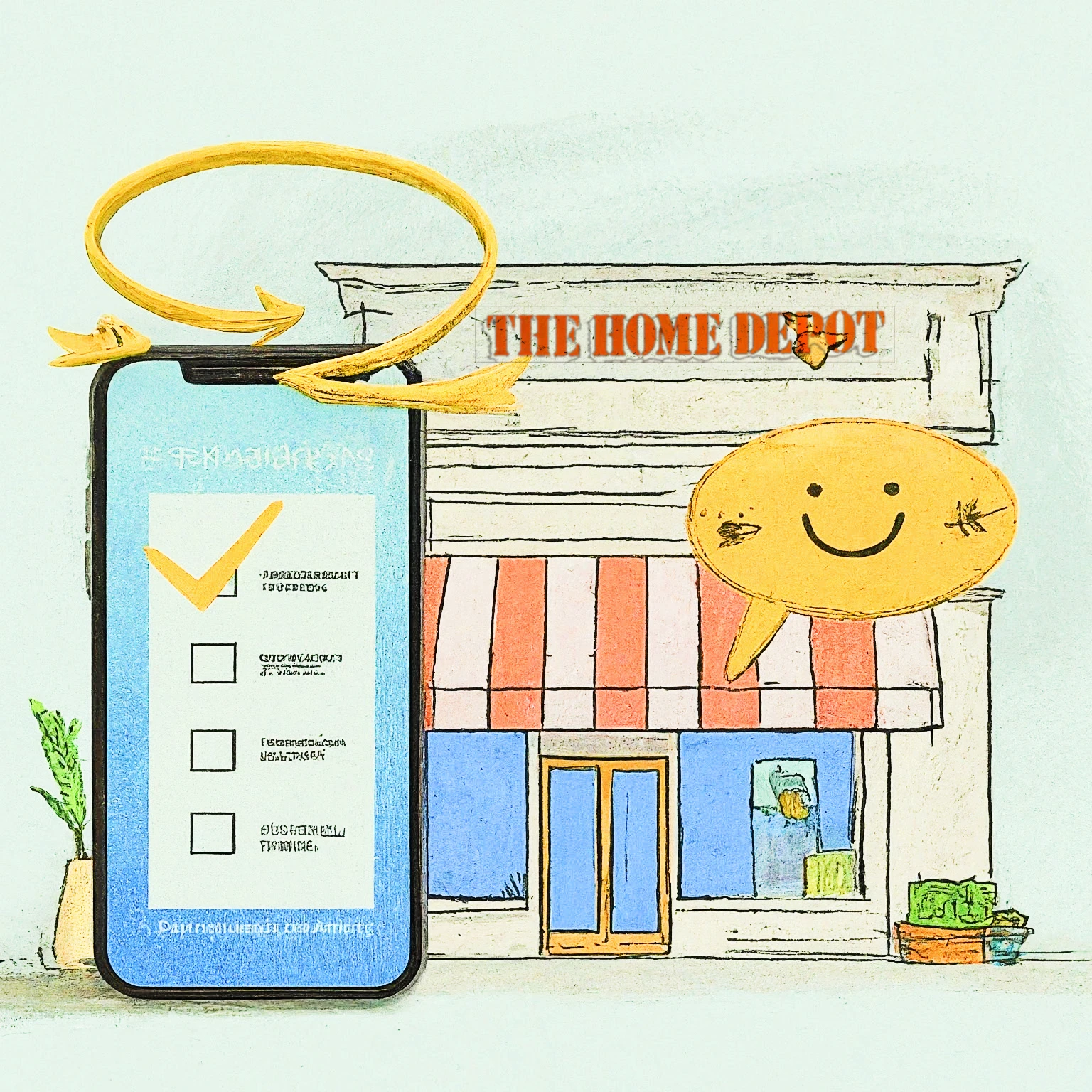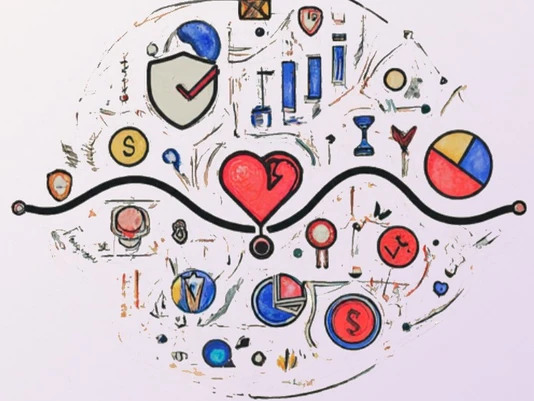Customer experience (CX) and user experience (UX) are two terms that are often used interchangeably, but they represent distinct concepts with notable differences. In short, CX takes a big picture view of the overall customer journey and requires cross-functional collaboration to optimize end-to-end experiences, while UX zooms in on specific touchpoints through hands-on research, design and testing.
Defining Customer Experience (CX)
Customer experience refers to the overall experience a customer has with a business and its products or services. It encompasses every touchpoint and interaction a customer has with the business, across all channels and phases of the relationship lifecycle.
CX is focused on the customer’s perceptions, emotions, attitudes, and behaviors related to using a company’s offerings. Common measurements are customer satisfaction (CSAT) and Net Promoter Score (NPS).
CX requires a cross-departmental, omnichannel perspective. It is the responsibility of the entire organization, not just a single team. CX initiatives may involve investments in change management, improving business processes, adopting new technologies, and aligning employee incentives and training.
The goal is to provide a seamless, frictionless, and emotionally positive experience at each touchpoint, across all customer journeys. Excellent CX leads to loyalty, word-of-mouth marketing, and growth.
Defining User Experience (UX)
While CX focuses on the big picture customer journey, user experience zooms in on the individual interactions a customer has with a product or service.
Specifically, UX refers to a user’s perceptions, emotions, and responses when interacting with a product or service. It arises from detailed research, and includes aspects like interface design, usability, accessibility, navigation, content, visual design, and motion.
UX design employs qualitative and quantitative research, develops representative personas, defines intuitive interactions, prototypes concepts, and conducts iterative usability testing. The outputs of UX work often include wireframes, visual comps, prototypes, and design specifications.
CX vs. UX: Key Differences
While CX and UX are complementary disciplines, there are some key ways in which they differ:
| Customer Experience | User experience | |
| Focus | Broad, customer-centric approach that requires enterprise-wide coordination | Product/service interactions |
| Key elements |
Brand perception Customer service interactions Sales process After-sales support Touchpoints across the customer’s journey |
UX strategy User research Interface design Interactivity Usability Accessibility Information architecture |
| Sample metrics | Overall satisfaction and loyalty | Usability, conversions, and engagement |
| Scope | Owns the entire customer journey | Owns specific touchpoints within the journey |
| Execution | Requires organizational change | Requires hands-on design and research |
| Timeline | Time horizon is long-term | Operates in agile, iterative cycles |
| Key partners | Cross-functional business leaders | Product and engineering |
| Supporting technology | CRM systems; Voice of Customer Platforms; Data analytics capabilities | Research, wireframing, interaction design, and prototyping tools; user testing platforms |
Why CX and UX Go Hand in Hand
While their focuses differ, customer experience and user experience are mutually reinforcing. CX provides the big picture vision and strategy. UX executes on delivering excellent experiences at the ground level.
That’s why world-class companies invest in both CX and UX. They take an expansive, outside-in, customer-first approach to CX. This provides the foundation for UX designers and engineers to then optimize specific touchpoints.
By aligning CX and UX, companies can ensure they deliver consistently excellent, human-centered experiences at every interaction. This drives loyalty, satisfaction, and growth over the long term.




